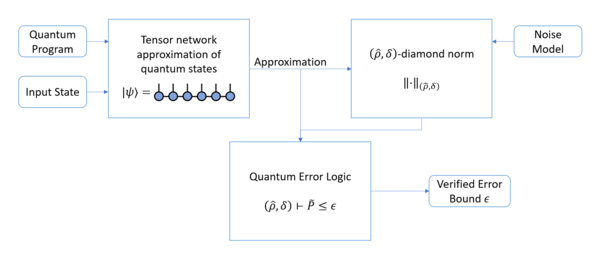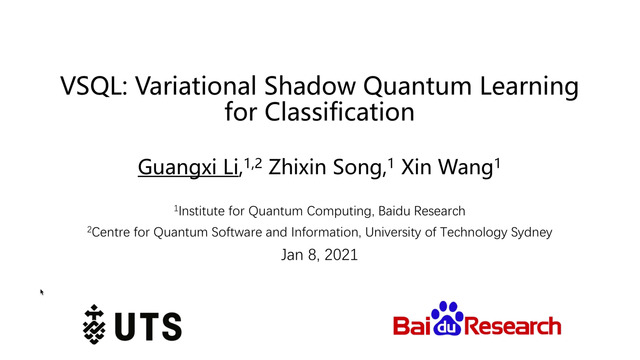Abstract:
Recent work of Bravyi et al. and follow-up work by Bene Watts et al. demonstrates a quantum advantage for shallow circuits: constant-depth quantum circuits can perform a task which constant-depth classical (i.e., 0) circuits cannot. Their results have the advantage that the quantum circuit is fairly practical, and their proofs are free of hardness assumptions (e.g., factoring is classically hard, etc.). Unfortunately, constant-depth classical circuits are too weak to yield a convincing real-world demonstration of quantum advantage. We attempt to hold on to the advantages of the above results, while increasing the power of the classical model. Our main result is a two-round interactive task which is solved by a constant-depth quantum circuit (using only Clifford gates, between neighboring qubits of a 2D grid, with Pauli measurements), but such that any classical solution would necessarily solve -hard problems. This implies a more powerful class of constant-depth classical circuits (e.g., 0[p] for any prime p) unconditionally cannot perform the task. Furthermore, under standard complexity-theoretic conjectures, log-depth circuits and log-space Turing machines cannot perform the task either. Using the same techniques, we prove hardness results for weaker complexity classes under more restrictive circuit topologies. Specifically, we give 0 interactive tasks on 2 n and 1 n grids which require classical simulations of power 1 and 0[6], respectively. Moreover, these hardness results are robust to a small constant fraction of error in the classical simulation. We use ideas and techniques from the theory of branching programs, quantum contextuality, measurement-based quantum computation, and Kilian randomization.









































